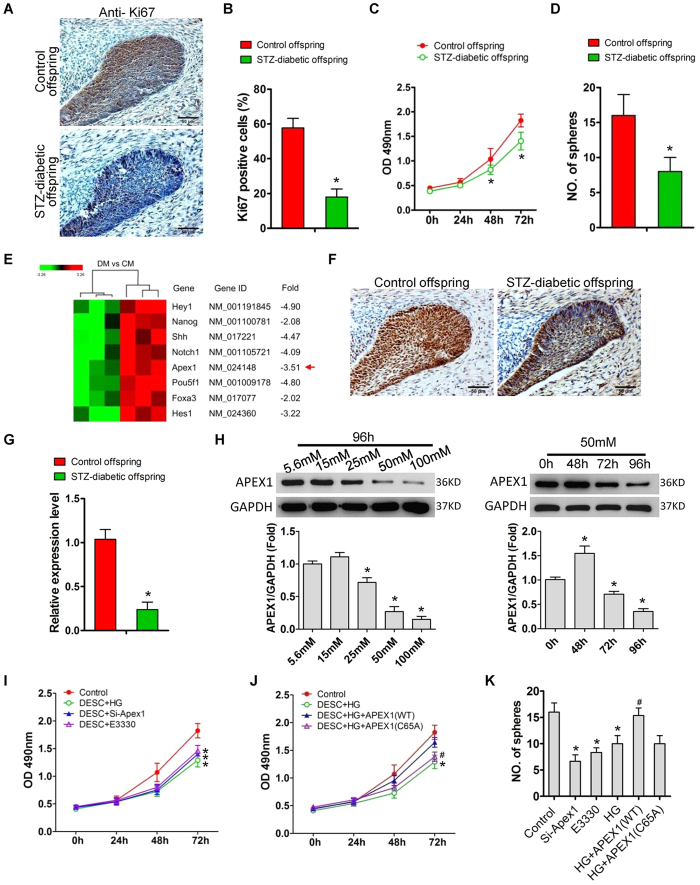Figure 2. Apex1 downregulation is involved in maternal diabetes-induced suppression of cell proliferation and self-renewal.
(A,B) Ki67 immunostaining (A) and quantitative analysis of Ki67-positive cells (B) in the LaCL from neonates of control and diabetic dams. (C,D) Growth curve (C) and colony-forming ability (D) of dental epithelial stem cells (DESCs) isolated from neonates of control and diabetic dams. (E) Microarrays showed that Apex1 was downregulated in the mandibular labial incisor cervical loops of offspring from diabetic dams compared to those of controls (DM: offspring of diabetic mothers; CM: offspring of control mothers). (F,G) Immunostaining (F) and real-time polymerase chain reaction indicated (G) significant downregulation of Apex1 in the offspring of diabetic dams compared to those of controls. (H) In vitro, high glucose treatment of primary DESCs also significantly inhibited APEX1 expression in a dose- and time-dependent manner. (I–K) DESCs treated with high glucose, Apex1 knock-down, or with E3330 to inhibit APEX1 redox function were significantly impaired for proliferation (I) and colony-forming ability (K). Overexpression of APEX1WT, but not APEX1C65A, attenuated the suppression of proliferation (J) and colony-forming ability (K) induced by high glucose treatment. *P < 0.05 vs. control; #P < 0.05 vs. high glucose.

